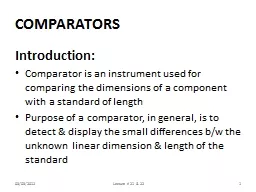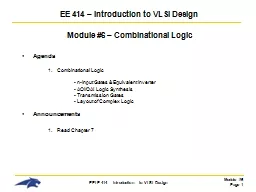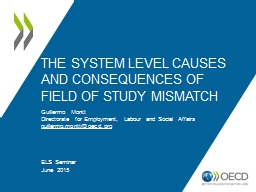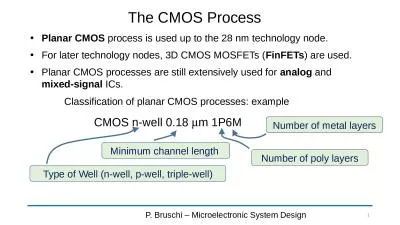PPT-CMOS Comparators Offset Finite mismatch in the input pair lead to input-referred offset
Author : faith | Published Date : 2023-10-25
Offset can be cancelled by sampling it on a capacitor Chapter 10 Figure 2 Chapter 10 Figure 03 Offset cancellation Illustrated here with ideal switches Chapter 10
Presentation Embed Code
Download Presentation
Download Presentation The PPT/PDF document "CMOS Comparators Offset Finite mismatch ..." is the property of its rightful owner. Permission is granted to download and print the materials on this website for personal, non-commercial use only, and to display it on your personal computer provided you do not modify the materials and that you retain all copyright notices contained in the materials. By downloading content from our website, you accept the terms of this agreement.
CMOS Comparators Offset Finite mismatch in the input pair lead to input-referred offset: Transcript
Download Rules Of Document
"CMOS Comparators Offset Finite mismatch in the input pair lead to input-referred offset"The content belongs to its owner. You may download and print it for personal use, without modification, and keep all copyright notices. By downloading, you agree to these terms.
Related Documents














